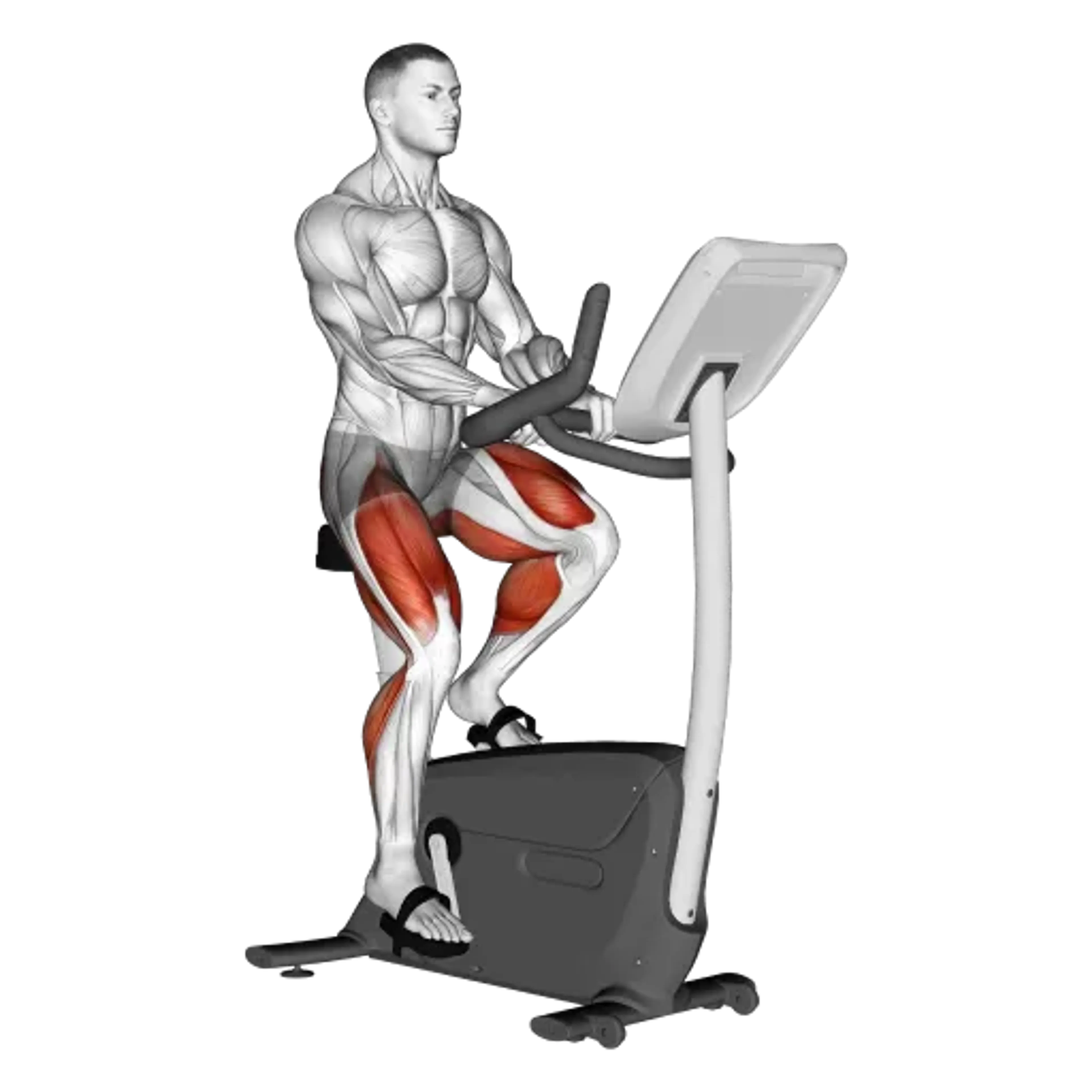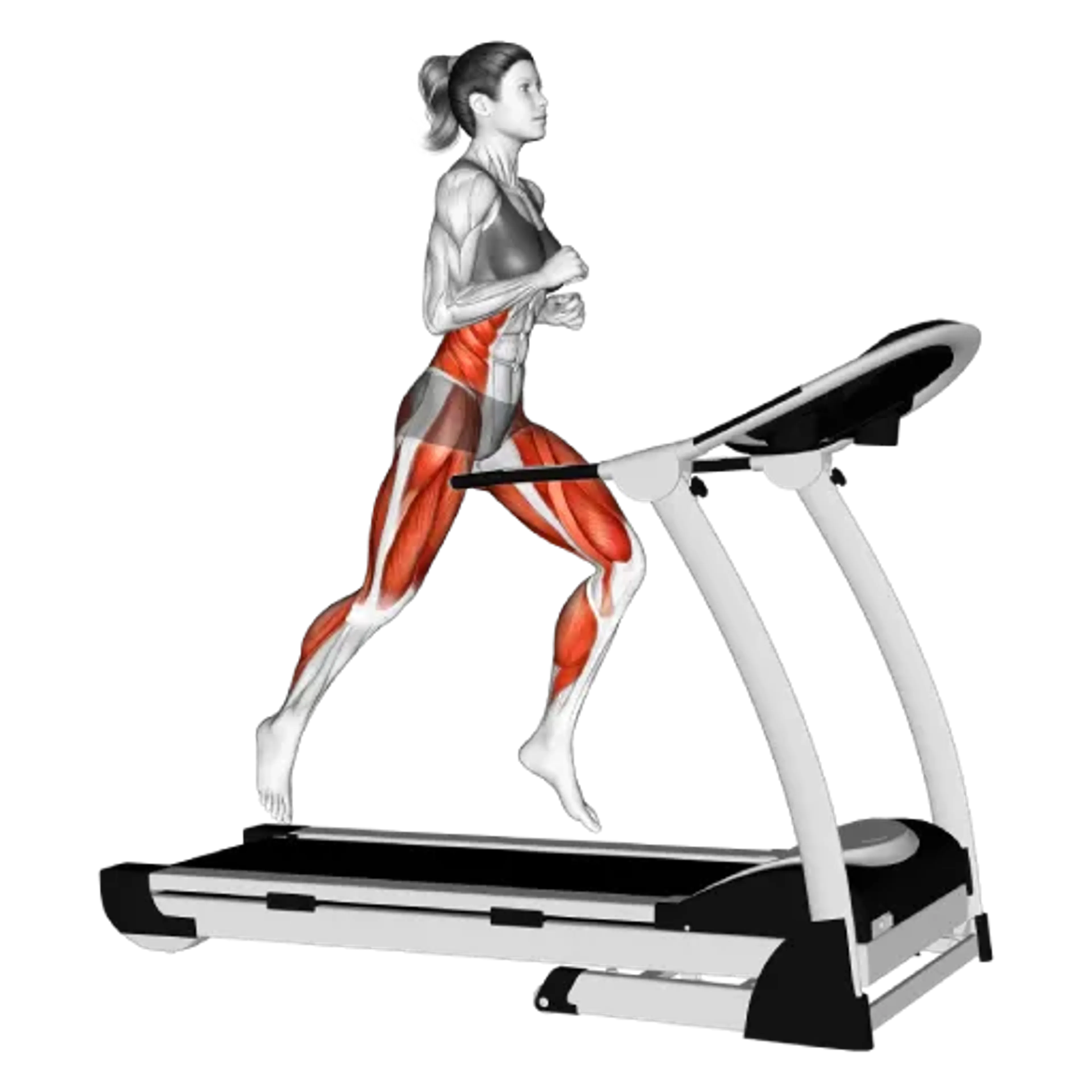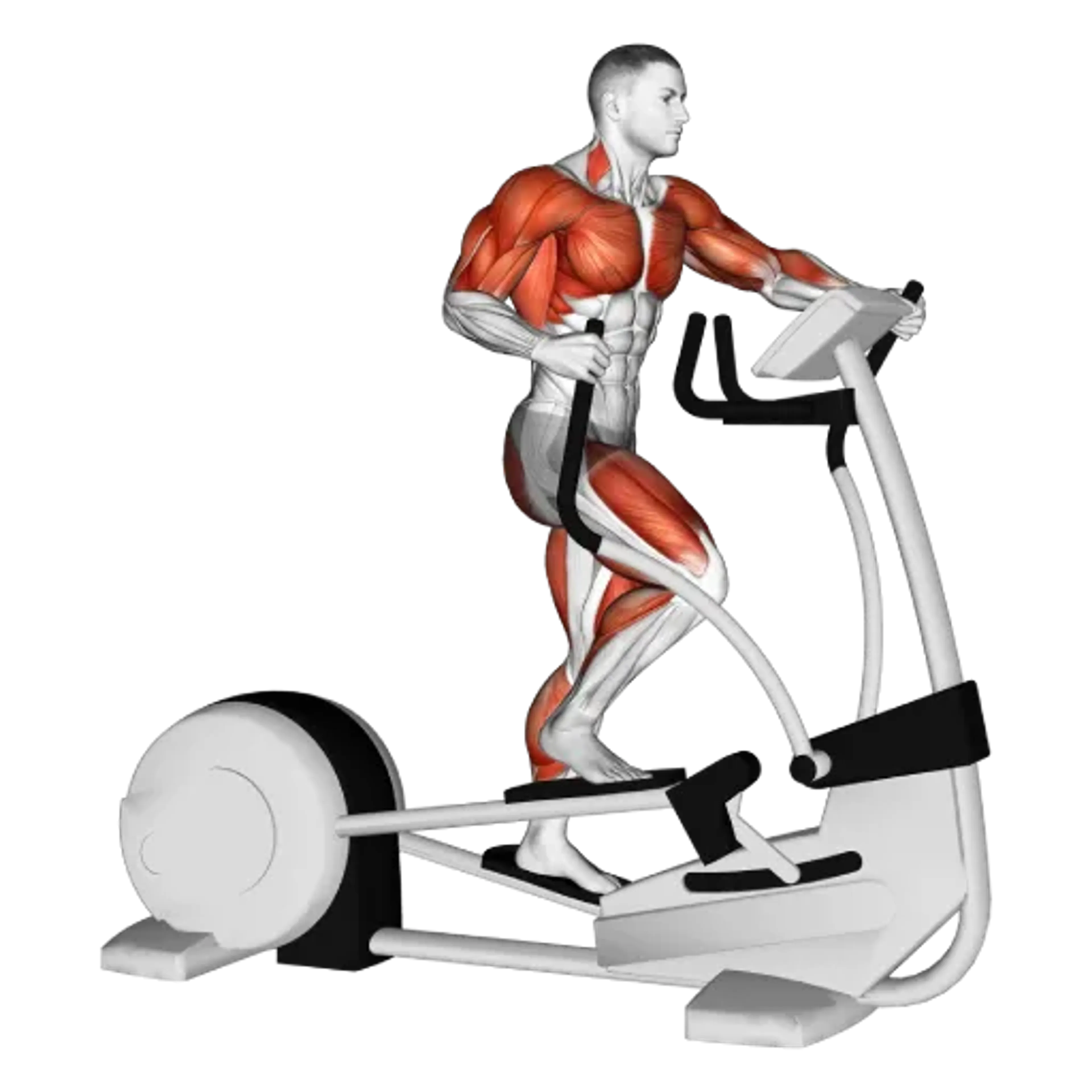Indoor Cycle
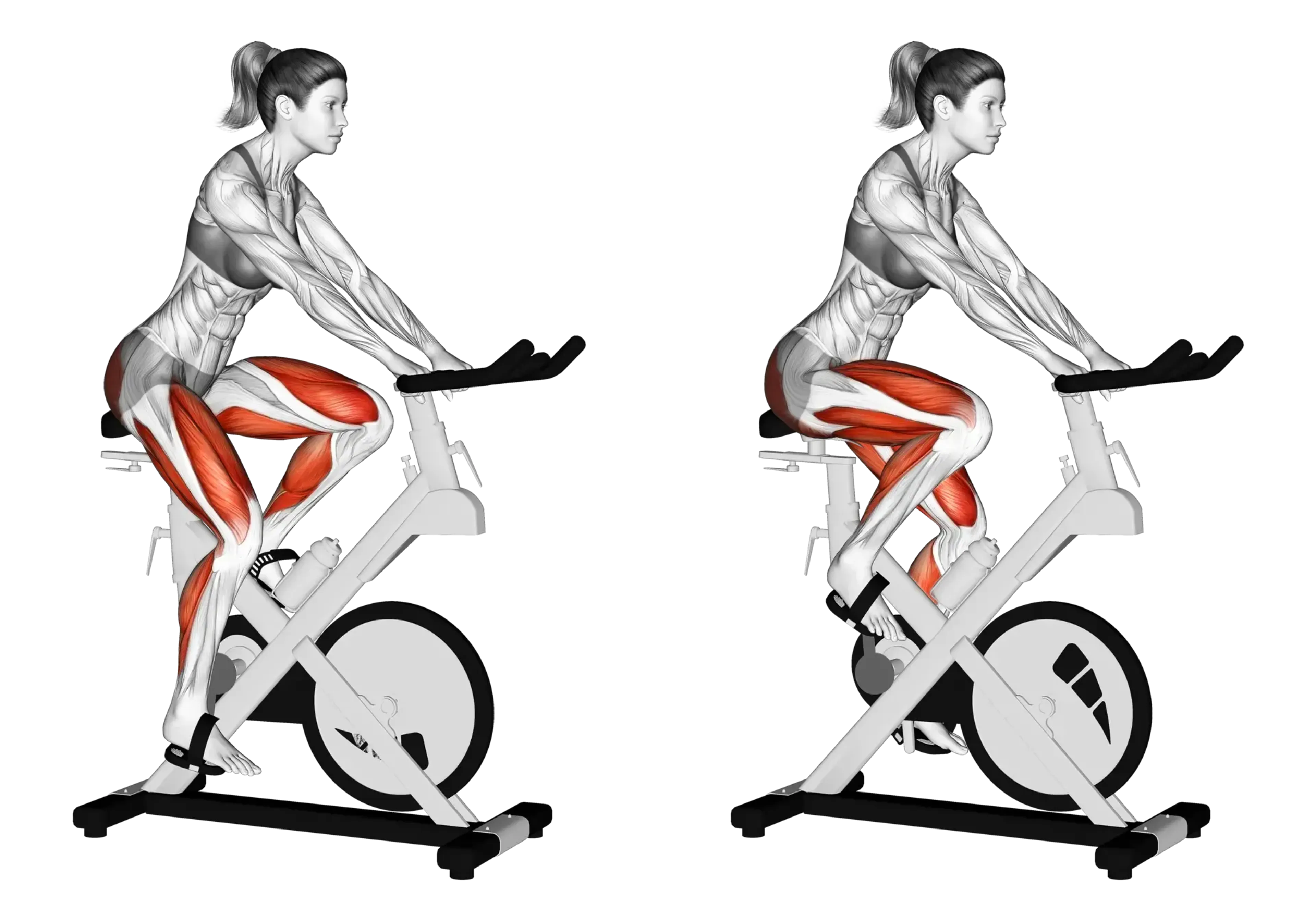
Overview
- Primary Focus:
- Cardio.
- Equipment:
- Machine.
- Difficulty:
- Beginner.
General Information
Indoor Cycle is a cardio exercise that improves cardiovascular endurance and overall fitness. It is considered a beginner-level activity, depending on intensity and personal capabilities. It’s widely used in gyms, group fitness classes, and home setups due to its versatility and low-impact nature.
This exercise mimics outdoor cycling but in a controlled environment, allowing you to tailor the intensity through resistance, speed, and position changes. It’s great for steady-state cardio, interval training, or even endurance workouts. Many classes also incorporate rhythmic movement and music to enhance motivation and enjoyment.
Indoor cycling helps burn calories, increase stamina, and support weight management. It’s also a good option for people recovering from certain injuries, as it reduces joint stress compared to running or other high-impact activities.
Muscles Worked
- Rectus Femoris
- High
- Vastus Lateralis
- High
- Vastus Medialis
- High
- Gastrocnemius (Lateral Head)
- Medium
- Gastrocnemius (Medial Head)
- Medium
- Gluteus Maximus
- Medium
- Semimembranosus
- Medium
- Semitendinosus
- Medium
Instructions
- Adjust the bike’s seat height so your knee has a slight bend at the bottom of the pedal stroke.
- Align the seat forward or back so your knees stay over your feet while seated.
- Set handlebar height for comfort—generally level with or slightly above the seat.
- Clip in or place your feet securely in the toe cages.
- Start pedaling with light resistance to warm up for 3–5 minutes.
- Increase speed or resistance gradually based on your workout plan.
- Maintain steady breathing and posture, keeping your core engaged.
- Cool down with a few minutes of light pedaling and stretch after your session.
Common Mistakes
Injuries
Indoor Cycle is a low to medium risk exercise. While generally safe, poor setup or excessive intensity can lead to discomfort or overuse injuries.
Common issues include knee pain from improper saddle positioning, or lower back and neck strain due to poor posture or excessive forward lean. Hands or wrists may become sore if too much body weight is placed on the handlebars.
To prevent injury, ensure proper bike setup before each ride. Focus on upright posture, engage your core, and avoid locking your joints. Incorporate recovery time between intense sessions, and stretch regularly to stay flexible and reduce stiffness.
Alternative Exercises
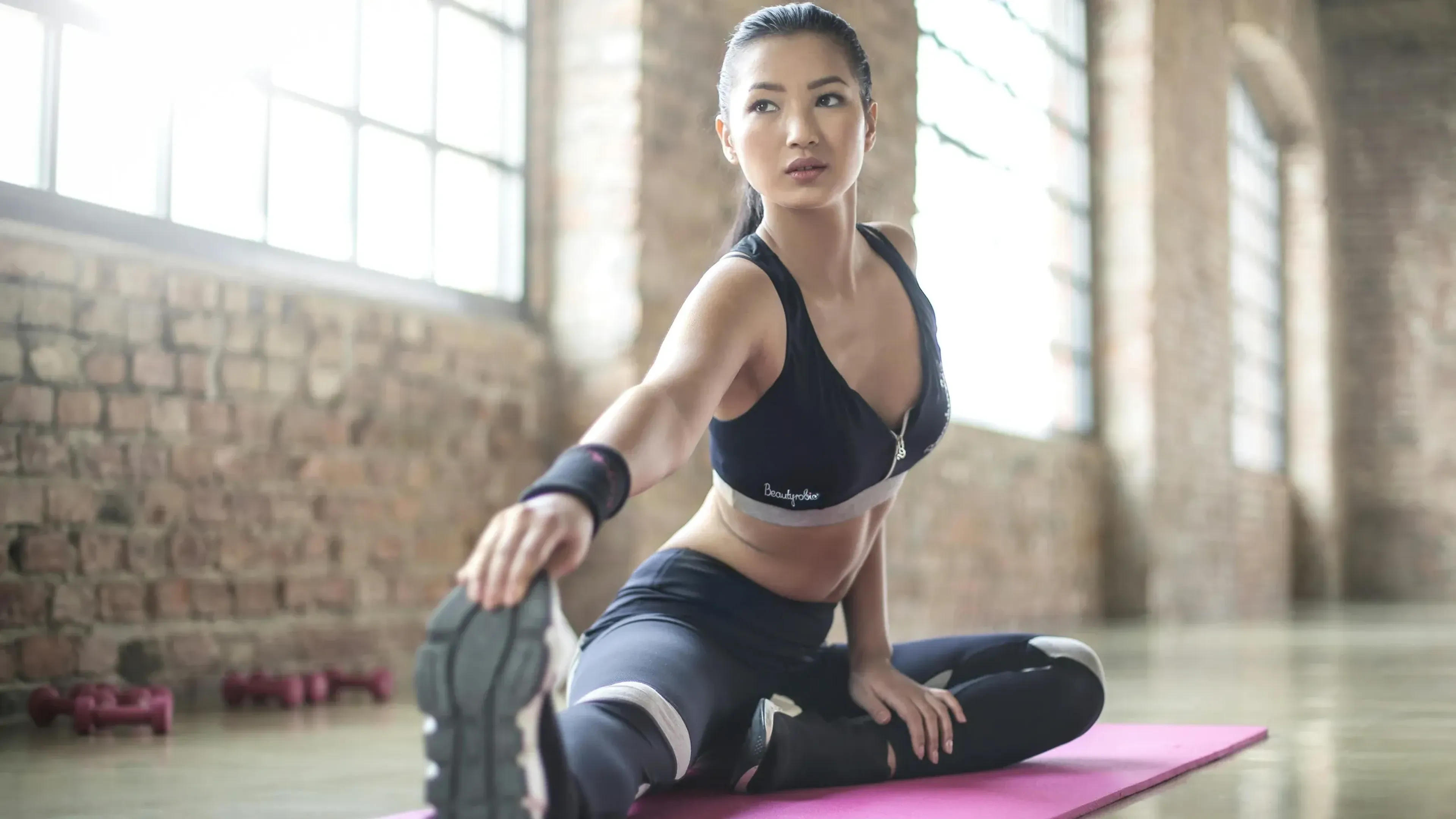
Frequently Asked Questions
- Q: Can I do indoor cycling every day?
Yes, but mix high- and low-intensity days and include rest days to prevent overuse injuries.
- Q: Is indoor cycling good for beginners?
Absolutely, it’s low-impact and can be easily adjusted for any fitness level.
- Q: Do I need cycling shoes to use an indoor cycle?
They’re helpful for stability and power transfer but not strictly necessary - most bikes work with regular gym shoes.
Overview
- Primary Focus:
- Cardio.
- Equipment:
- Machine.
- Difficulty:
- Beginner.
